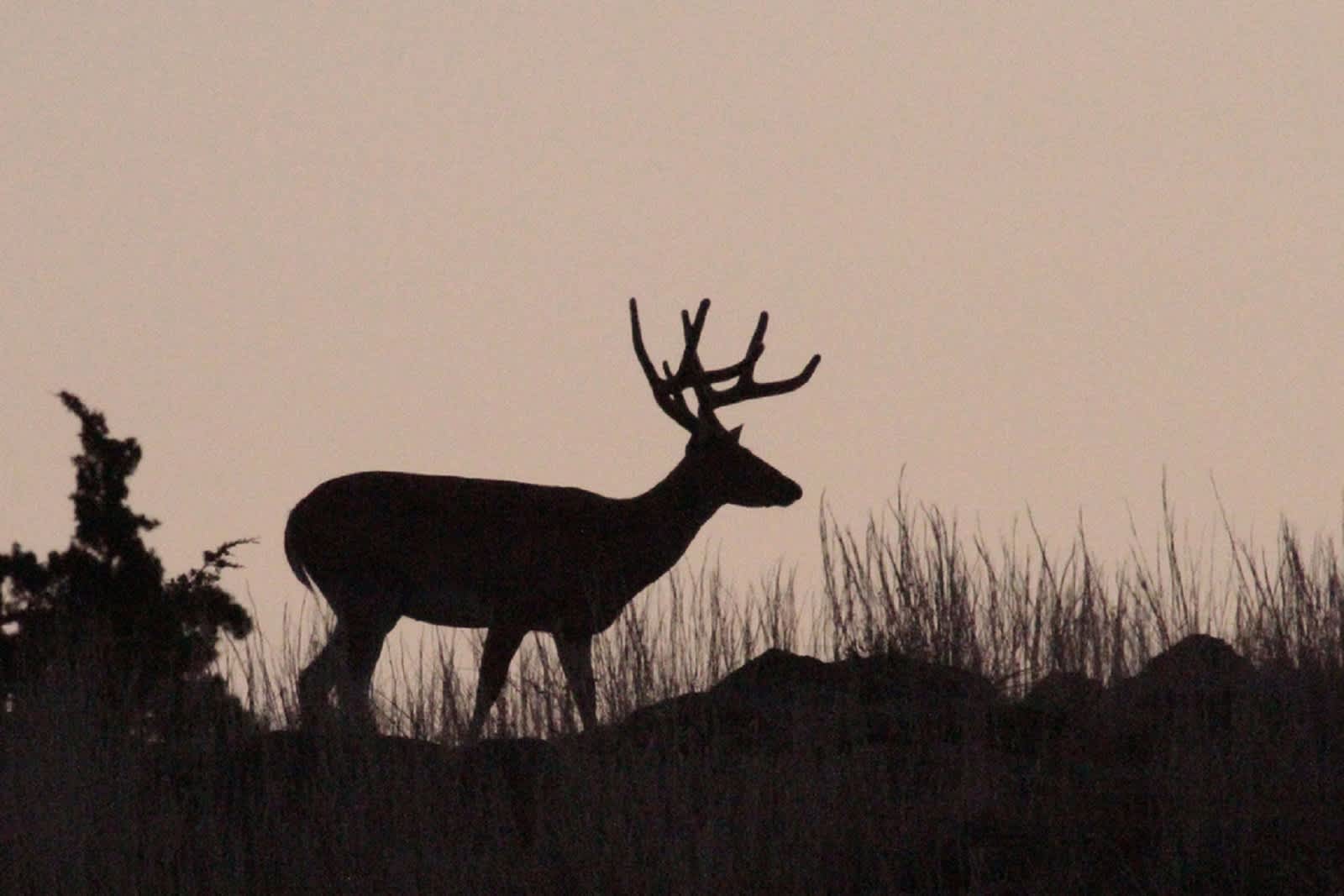5 Things You Must Know about the Rut’s Peak Breeding Phase
Daniel Xu 11.16.15

It’s here. Depending on where you live and certain conditions, the peak breeding phase of the rut usually happens around mid to late November. The most active part of the rut—in terms of breeding—usually turns out to be one of the quietest. Deer will move around less, and even then that movement will usually be restricted to certain corridors between groups. That’s one reason some hunters prefer to sit this part of this period out, but if you are considering still hitting the treestand, here are five basic facts you should absolutely know.
1. Bucks will be hunkered down, but that doesn’t mean they’re stationary
Common wisdom says that bucks during this phase will be hidden away with does during their 24- to 36-hour breeding cycle and you would be better off sitting at home. This is not always necessarily true—while the woods may be a little quieter, you can still catch some trophy bucks. Areas between groups of does in estrous can be high-traffic zones as bucks move from group to group. It may not be as predictable as before or after the peak, but there’s still deer to be had.
2. Bucks move around at midday
The most common time of day for bucks to get up and take a stretch is around midday. If you’ve been sitting in a treestand since early morning, then you probably will want to take a break yourself, but be aware that you might be missing a golden opportunity. Noon is a high-movement period for deer and bucks may even get into a few fights, although most of these are settled quickly since they have better things to do. A buck that is no longer traveling with a female will try to find one that’s close to coming into estrous, and he’ll be moving around a fair bit during this time.
3. Bucks may not be at home
Moving around means they may no longer be in their home range. Bucks will be spending this period following does so staking out their home range usually amounts to a coin toss. In fact, bucks that go especially far may not come back for several days, so keep that in mind if you have your eye on a trophy 10-pointer who you haven’t seen in a few days.
4. Dominant bucks will do less scraping and rubs
However, sub-dominant bucks will do even more. This is because the dominant bucks are actively searching and breeding with does, while sub-dominant bucks are trying to edge into the territory.
5. This is the best time to use all the tools at your disposal
Remember to use your tools! Whether it’s estrous doe lures, deer calls, rattling, or decoys, these tools are best deployed now when bucks are feverishly searching for does. Doe bleats and lures are especially effective during this phase, and aggressive calling can also work well in less active areas. Note that rattling during the peak season can be the complete opposite of pre-rut, where it draws in subordinate bucks. Rattling during the peak is the best use of your antlers and will often bring in dominant bucks instead.

